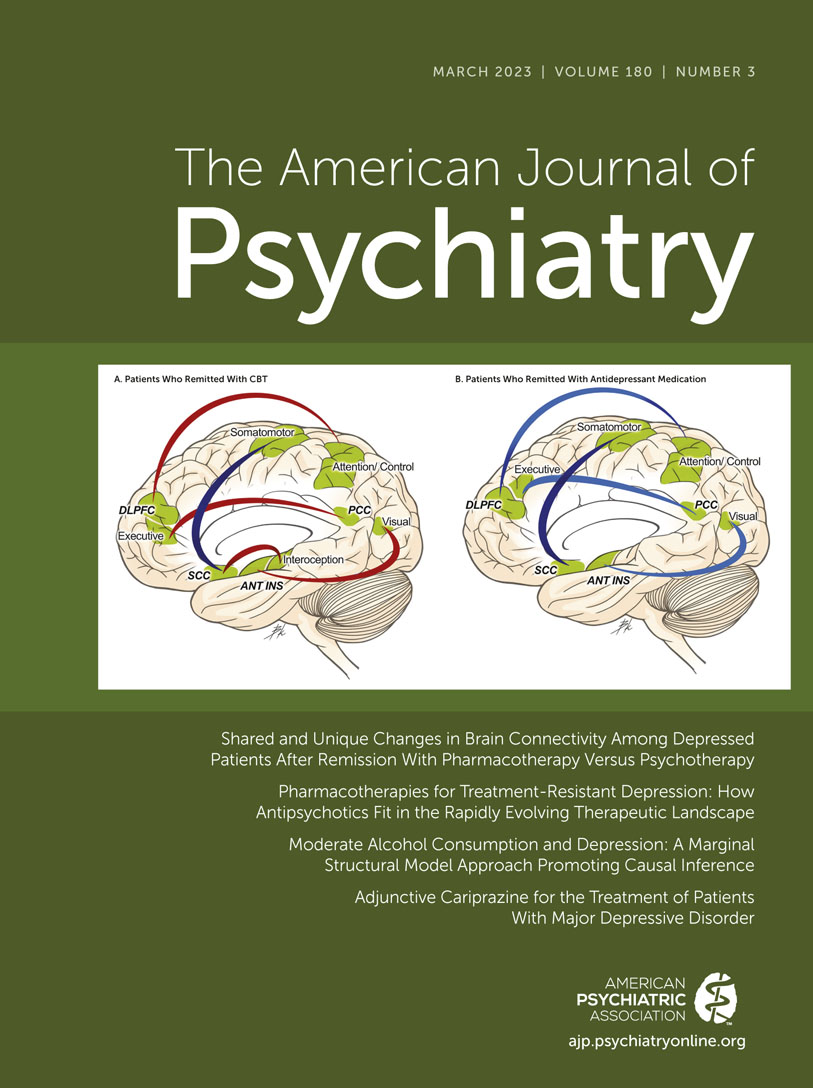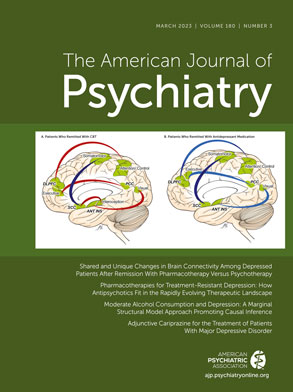One of the most successful methods for identifying disease genes over the past two decades has been the genome-wide association study (GWAS). GWASs became practical when chip-based methods enabled the simultaneous genotyping of millions of single-nucleotide polymorphisms (SNPs). This made it possible to examine SNPs at very high resolution (every ∼3 kilobases) in the genome for association with illness or traits, and in turn led to the discovery of dozens to hundreds of disease genes for many psychiatric illnesses. However, each individual associated SNP explains only a tiny portion of the overall genetic heritability, consistent with a polygenic model of disease, where a large number of variants of small effect all add together to produce disease risk. As the effect of each SNP is very small and a large number of statistical tests are conducted, the sample size of these studies must be very large. Current GWASs include tens of thousands to hundreds of thousands of affected subjects and control subjects in order to detect individual associated SNPs. Although only a handful of individual SNPs may meet the statistical threshold (p<5×10–8) for significant association, thousands of SNPs may carry information even though they do not meet this threshold for an individual SNP.
The polygenic risk score (PRS) (
1) was created in order to capture the overall polygenic contribution to genetic heritability. This is accomplished by summing all the risk-carrying SNPs in an individual weighted by the magnitude of their effect (usually odds ratio). It conveys overall genetic loading for a disease or trait in one number. To accomplish this, one requires two samples: a typically large GWAS of a disease or trait that is used to generate the model and another sample in which PRSs are computed for individuals with different traits and tested for association. For example, the SNP effect sizes from a large GWAS of schizophrenia can serve as a model against which a test sample can be examined. Usually, the large collaborative data sets developed by the Psychiatric Genomics Consortium (
2) are employed because of the more accurate models derived from the largest data sets. Using these, the contribution of risk alleles for one disease can be tested in another disease or trait in order to determine the overlap in genetic vulnerability—for example, testing SNPs for schizophrenia for their contribution to bipolar disorder.
In this issue, Hasseris et al. (
3) use this method to determine the contribution of risk alleles for schizophrenia, bipolar disorder, and major depression to phase of illness in bipolar disorder. Specifically, they ask the questions of whether risk alleles from each of these three illnesses are shared with individuals with bipolar disorder whose illness has a predominance of mania, depression, or mixed states. Their results are largely and satisfyingly in line with practical expectations. Risk alleles for those with a predominance of mania are most shared with risk alleles for bipolar disorder, except for psychotic mania, which most closely aligns with schizophrenia. Those with primarily depressive symptoms share alleles most closely with those for major depression, and interestingly, mixed states also primarily share alleles with major depression.
This is consistent with existing clinical data, which indicate that about half of patients with bipolar disorder have a predominant phase: manic, depressive, or mixed (
4). Predominant phase has been associated with differences in affective temperament (
5), insight (
6), and different clinical features and clinical course. Those with predominant mania have been reported on average to have male gender, younger age at onset, psychotic symptoms, and a more severe course, while those with a depressive-predominant illness may have a more seasonal pattern and a higher risk of suicide (
4,
7). Although results regarding treatment response have been mixed, a predominant phase of mania has been associated with better response to antipsychotics, lithium, and mood stabilizers, while a depressive-predominant illness is associated with better response to lamotrigine and quetiapine (
5,
8). Predominant phase has also been associated with response to psychotherapy: a predominantly depressive course is associated with better response to CBT, family therapy, and psychoeducation, while a predominant manic course is associated with improvement from caregiver education and brief technique-driven interventions. Predominant phase has also been associated with several biological measures. Functional MRI studies have shown several differences in cerebellar white matter tracts (
9) and hippocampal subfield volumes (
10).
The PRS approach has been very successful in elucidating the genetic relationships between different disorders and traits. In one of the first studies employing this approach, risk alleles for schizophrenia were shown to overlap with those for bipolar disorder (
1), at that time a surprising result that has since been repeatedly validated. Using this approach, lithium response has been shown to have a negative correlation with the PRSs for ADHD and major depression (
11). Poor lithium response was also associated with a higher PRS for schizophrenia combined with a higher PRS for major depression (
12), and the correlation of the PRS for schizophrenia with lithium response may be primarily driven by genes for HLA and inflammation (
13). PRSs for several personality traits have been examined in mood disorders, and major depression has been found to be positively correlated with the PRS for neuroticism, while bipolar disorder was most correlated with the PRS for extraversion (
14). The PRSs for schizophrenia, bipolar disorder, and major depression have been associated with cortical thickness and several other measures of brain morphology (
15).
The PRS nevertheless has a number of limitations, reducing its power for research and preventing it from having clinical utility. Although, ideally, the PRS would summarize most of the genetic loading, in practice with current sample sizes, it typically can explain only a few percent of the genetic variance. It is remarkable that so many significant findings should result from a measure that captures so little of the variance; it is also a cause for caution in interpreting results. Given the very small effect sizes seen in individual SNPs in GWASs, even when combined they have limited explanatory power. The gap between the heritability seen in twin and family studies and the smaller heritability explained by SNPs has previously been referred to as the “missing heritability” in GWASs. Explanations for this “missing heritability” have included a variety of other genetic variants, such as copy number variation (CNV), where larger portions of DNA are deleted or duplicated, or rare variants with larger effect sizes resembling Mendelian transmission. Variance may also reside in the interaction between variants, termed epistasis, or even in the effect of environment on gene expression or epigenetics.
The role of these other sources of variation and the portion of heritability they explain is currently unclear. Polygenicity is consistent with negative or positive selection of alleles over a long time frame because no single variant is so deleterious as to have a major effect on fitness. On the other hand, rare variants of large effect are more likely to be deleterious and to be removed from the population by selection. In this model, new deleterious variants of large effect arise de novo and others are eliminated by selection at similar rates, which results in a constant rate of illness in the population. Results to date suggest that variants of different effect sizes are seen in different illnesses. For example, CNVs seem to play a significant role in autism spectrum disorder, while they play a very limited role in bipolar disorder. In fact, in some cases, the same genes may play a role in different disorders, but with variants of differing severity. If polygenicity explains the majority of the heritability, then samples in the millions of subjects may be required in order to develop predictive models. It is more likely that a combination of these sources of variation operate in producing a vulnerability to illness and that this combination may differ between different disorders. Nevertheless, studies employing PRSs as in the Hasseris et al. study have contributed a great deal to understanding the relationship between disorders and related traits. As GWAS and whole genome sequencing sample sizes increase, it is likely that a more complete picture of genetic heritability will develop, as well as genetic measures with possible clinical utility.

